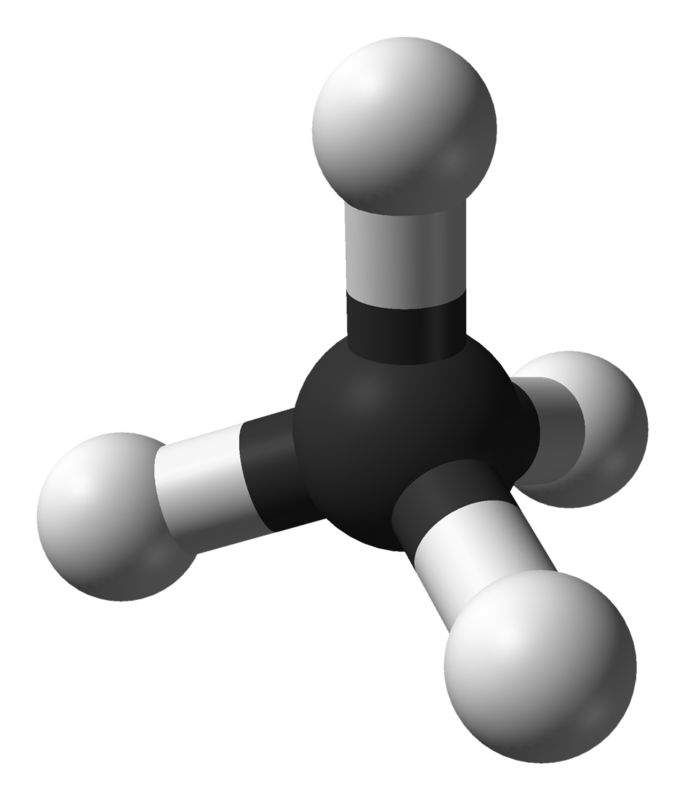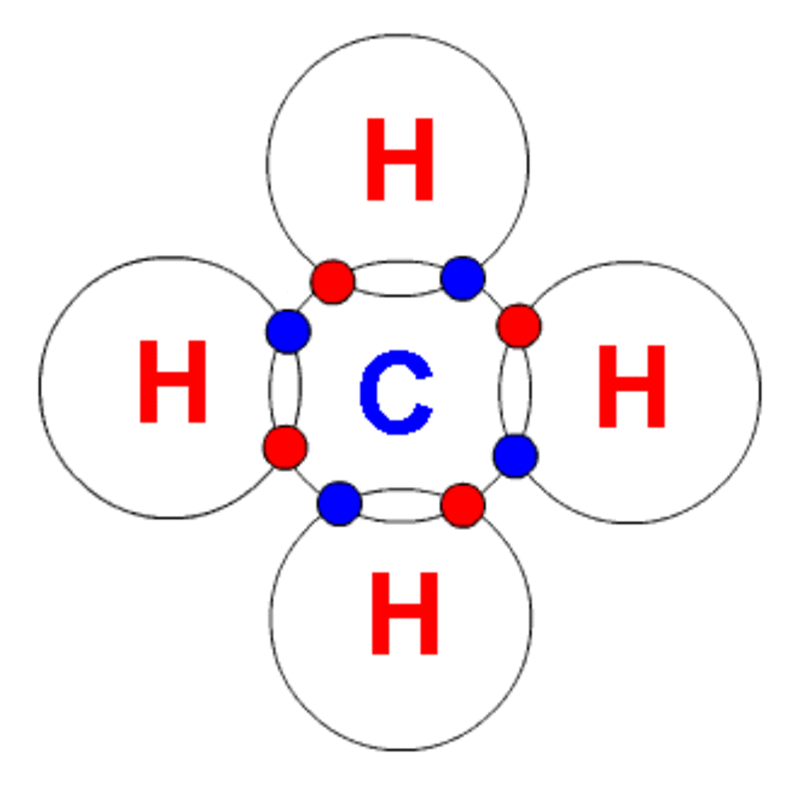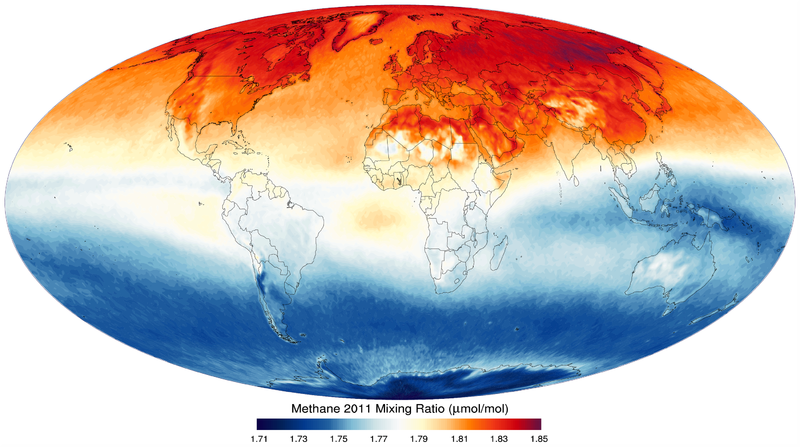Midlothian was put on the map for one reason only and reason is coal. Coal became important in the 1800's due to the rail road industry. Before then, it would take months to travel from coast to coast. With the introduction of the railroads it would only take a week. Coal became more valuable than gold as most people thought so they began to search for it. Then they landed here, in Midlothian and found coal and a lot of it. Below is a map of where the coal is in Virginia in relationship to the rest of the East Coast.

Ledgen
Grey = Coal is present in deep soil.
Red = Coal is most likely present, but hard to find.
Yellow = Coal is moderately present in upper and lower soil.
Green = Coal may or may not be present.
You can see that Midlothian is in the middle of the state and that is the closest coal location to the Atlantic Ocean. Norfolk was a major port of the United States and still is. Coal would help move goods faster and boost up the countries economy.
Now this has given you a little background geological information about the Midlothian mines. This site is all about the disaster. The disaster happened on February 3erd, 1882 killing 32 miners . It was due to the element of Methane. Methane is a gas on earth and it looks like this: 

Earth is too hot to have liquid methane or even solid methane. As we all know methane is very flammable. Inside of us it is the waste of bacteria that makes us toot, but in the earth it is due to microorganisms in the soil like worms and insects. Once released it will do one of two things. Rise into the atmosphere and mix with oxogen or sink into the soil. This depends on where the organisms is in the soil. If it is near the surface, it will rise. If the organism is deep in the soil, it will fall or get stuck on the way up. This is due to rock like coal.
Here is a map of the world with the amount of methane in the atmosphere. You can see how temperature and seasons have a major effect.

Coal holds the methane and when a correct mixture of methane and oxygen happens, it becomes extremely flammable. This is a 6% to 9% methane to oxygen ratio is a highly flame mixture. Once a spark occurs, no one or thing can stop it. It explodes, but not with much visible flames of fire. Once ignited, the gasses expand and a major pressure shock wave shoots away from the spark at a few hundred miles per hour.
Methane caused the closure of the Midlothian Mines due to the deaths of over three dozen miners. Today, it is a county park that is open to to the public for free. It is about a mile away from here.
TO LOG A FIND ON THIS CACHE YOU MUST ANSWER ALL THE QUESTIONS BELOW. YOU CAN CONTACT ME THROUGH MY EMAIL OR THE GEOCACHING MESSAGE CENTER TO SEND YOUR ANSWERS. ANY INCORRECT ANSWERS MAY RESULT IN A CLARIFICATION RESPONSE FROM ME.
1. Mid-Lothian Mines - The Disaster on the first line of your email.
2. What building did the 32 miners get killed in and what company owned it?
3. Look at the soil/ground around the historical marker. Although you can not see the microorganisms living in it, what other factors do you think contributed to the methane buildup that caused the mine disaster on February 3rd of 1882? I am looking for scientifically based answers, and not just assumed guesses. Please explain your reasoning.
* NOTE - You will likely not receive an email back from me, unless I need clarification on your answers. Please, don't wait for me to tell you you have it correct or not. I do review you emails within 12 hours of getting them in my inbox and with other of my earthcaches, it has become too hard to do. As soon as you send the email, you can log this earthcache.